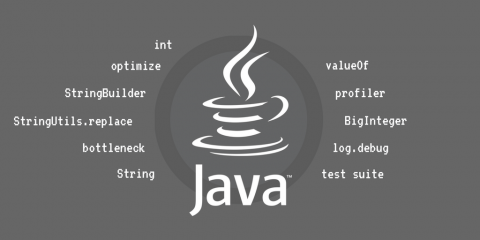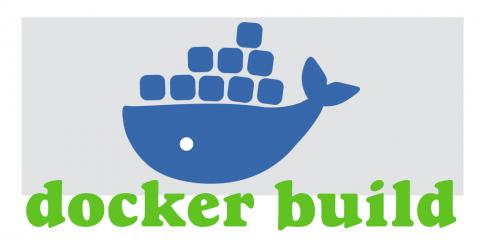Operations | Monitoring | ITSM | DevOps | Cloud
Stackify
11 Simple Java Performance Tuning Tips
It’s one thing to write code that works. But what about clean, readable, concise code? That’s another thing entirely. To create an app that solves one problem? Not that hard. What about one that not only solves the problem, but it’s also easy and pleasurable to use? Now we’re talking. You could apply the same reasoning for many software properties, which would make for a long article. Instead, let’s focus on only one of those properties: performance.
Advanced ASP.NET Trace Viewer - WebForms, MVC, Web API, WCF
Software is a complex thing. As soon as you deploy an application to production—especially when you don’t have any control over the environment it’s running on—anything could happen. You’ve created this “monster” and set if free. It’s now free from your control. How do you tame this beast before it creates havoc? The first step is to trace its steps (no pun intended).
16 Ways to Speed Test Automation Using a CI/CD Pipeline
Test automation plays a significant role in software development. It improves speed, better detects errors and bugs, is repeatable, scalable, has broader coverage, and more. Let’s take a look at test automation using a CI/CD pipeline. In today’s competitive world, great speed in developing software, features, and fixes are vital.
A Guide to Streams in PHP: In-Depth Tutorial With Examples
You’ve already used PHP streams in your PHP development. However, they’re transparent, so you may not have noticed them. Streams are powerful tools. In this article, you’ll learn to harness the power of streams in your PHP development and take your applications to the next level. Streams provide on-demand access to data. This means you don’t need to load the entire contents of your dataset into memory before processing can start.
20 Simple Python Performance Tuning Tips
Python is a powerful and versatile higher-order programming language. Whether you’re developing a web application or working with machine learning, this language has you covered. Python does well at optimizing developer productivity. You can quickly create a program that solves a business problem or fills a practical need. However, the solutions you reach when developing quickly aren’t always optimized for python performance.
Reducing MTTR in the Field: 10 Simple Steps Using Retrace
The last decade has ushered in a golden era of software engineering. The rise of cloud computing freed companies from managing their own data centers and provided on-demand scaling. These services allow for provisioning servers on the fly using configuration and code. Treating that task as just another type of software development led to the advent of DevOps.
Calculating MTTR: An Evolution Driven by the Rise of DevOps
The shift to cloud computing and the DevOps revolution have fueled some important changes in the way we think about software development and monitoring. It has delivered huge benefits to the companies that have fully embraced the approach. In fact, the DevOps Research and Assessment (DORA) 2018 industry survey found a new small group of “elite” performers that are deploying code far more often and having a far better mean time to resolution (MTTR) than the next closest group.
What Is MTTR? A Simple Definition That Will Help Your Team
Mean time to resolution (MTTR) is defined as the sum of the total amount of time that service was interrupted divided by the number of individual incidents. The unit of measurement is some quantity of time. Ideally, you can use minutes as the unit. That is, unless you blacked out the eastern seaboard for weeks!
Docker Build: A Beginner's Guide to Building Docker Images
Docker has changed the way we build, package, and deploy applications. But this concept of packaging apps in containers isn’t new—it was in existence long before Docker. Docker just made container technology easy for people to use. This is why Docker is a must-have in most development workflows today. Most likely, your dream company is using Docker right now. Docker’s official documentation has a lot of moving parts. Honestly, it can be overwhelming at first.







